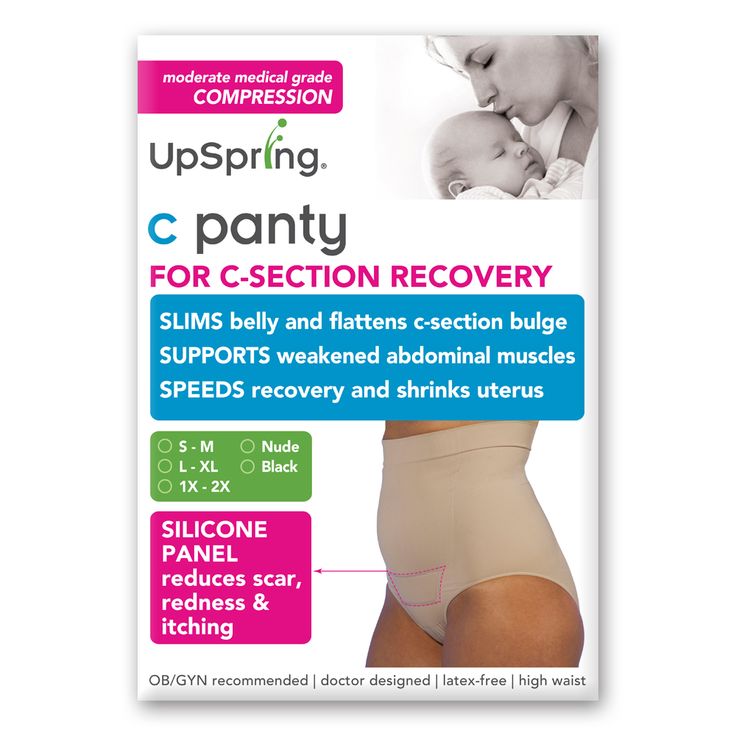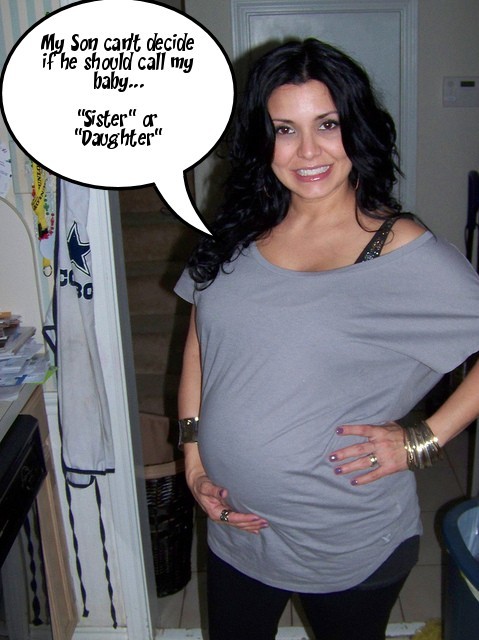Emergency c section recovery
What to Expect, Risks, Recovery
- An emergency C-section is given when the mother or baby is in severe distress.
- A prolapsed umbilical cord, placental problems, or uterine rupture may prompt an emergency C-section.
- Once the medical emergency has been addressed, the mother and baby will usually recover normally.
The majority of expecting mothers plan to deliver their babies vaginally, but about 32% of them will need to have a cesarean section, or surgical delivery.
Now, some of these C-sections are planned ahead of time. But most are unplanned, says James Byrne, MD, chair of the Labor and Delivery Department at Santa Clara Valley Medical Center.
Although the common name for an unplanned C-section is an "emergency C-section," medical professionals divide unplanned C-sections into two categories — urgent C-sections and emergency C-sections, says G. Thomas Ruiz, MD, the OB-GYN lead at MemorialCare Orange Coast Medical Center.
Important: An urgent C-section is given when there's distress for the mom or baby that isn't life-threatening, says Ruiz, while an emergency C-section is given when the situation is more severe.
Having an unplanned C-section can be scary, but oftentimes it's the best option for delivering a baby. "They're very safe for both mom and baby," Byrne says.
What to expect during an urgent C-section
Urgent C-sections are done for reasons including labor that has stopped progressing or a baby who is progressively showing signs of going into distress. In this case, the baby will typically be delivered within half an hour, Ruiz says.
"You know you have to get the baby out fairly quickly, but you have a little bit more time," Ruiz says. Although the process moves quickly, the doctor and nurses can talk to the patient about what's happening.
- Prolonged labor.
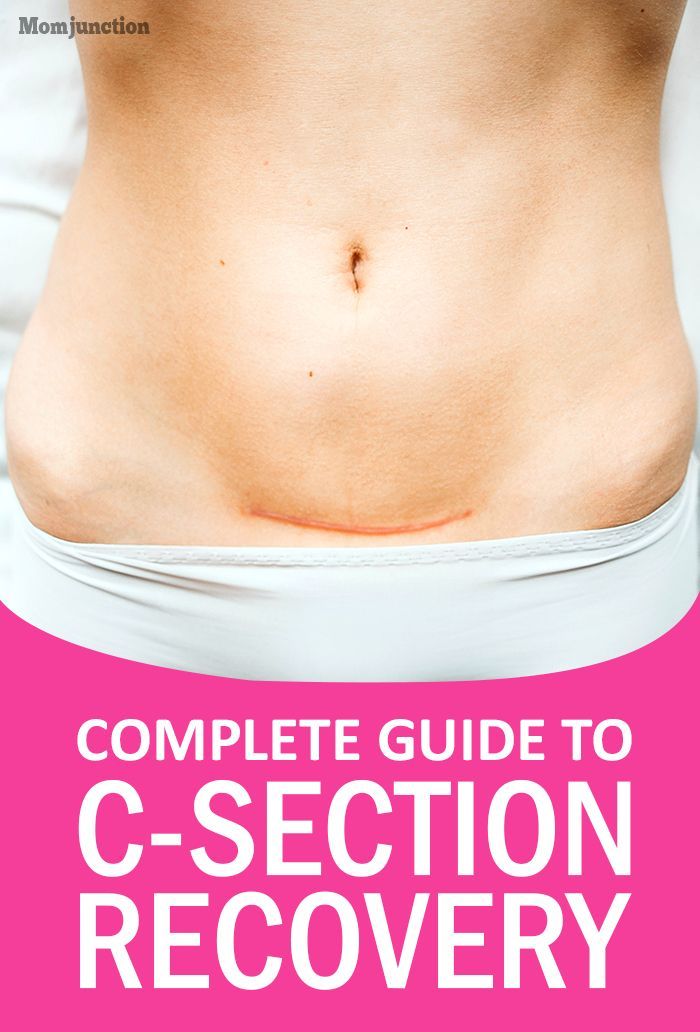 Long labor can be taxing for both a mother and infant, and may indicate that the baby can't pass through the mother's pelvis or the birth canal safely, Bryne says. A large baby or small pelvis can cause prolonged labor.
Long labor can be taxing for both a mother and infant, and may indicate that the baby can't pass through the mother's pelvis or the birth canal safely, Bryne says. A large baby or small pelvis can cause prolonged labor. - Fetal or maternal distress. If a mother or baby experiences changes in the heart-rate or other vital functions doctors may decide an urgent C-section is necessary.
- Baby's position. If a baby is not head-down it's more at risk for birth complications, so an infant that is breech or transverse (sideways) may require a C-section. Usually, this will be planned, but if the doctor notices during labor that a baby's position has changed this can prompt an unplanned C-section.
Once a doctor calls an urgent C-section the patient will be given a regional anesthetic in the spine (unless an epidural is already in place from labor), just as she would during a planned cesarean.
There is usually time for the partner to put on scrubs and be allowed in the operating room, and the mother can often hold the infant soon after birth if both are stable, Ruiz says.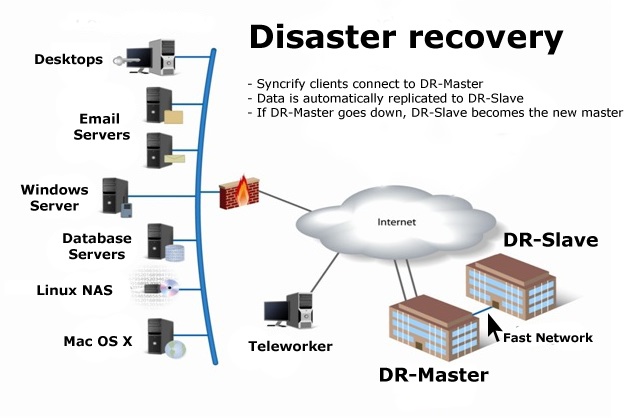
What to expect during an emergency C-section
An emergency C-section is often performed very quickly by the on-call OB-GYN in the operating room, not necessarily your doctor, Byrne says.
You may qualify for an emergency C-section if there's been a recent change in your, or your baby's status. The process will vary depending on the severity of the medical situation, Ruiz says, for example, if the baby's umbilical cord comes out through the vagina ahead of the baby or if the baby's heart rate drops and is not recovering appropriately.
Medical term: Emergency C-sections happen when the mom or baby "crash," or experience a sudden change to their health.
There's little time to discuss what is happening because the medical team is aiming to have the baby delivered as fast as possible, often in 5-10 minutes, Ruiz says.
"In a true emergency you can see it in the patient's face, it's pure terror," Ruiz says. "We don't do much talking at this point.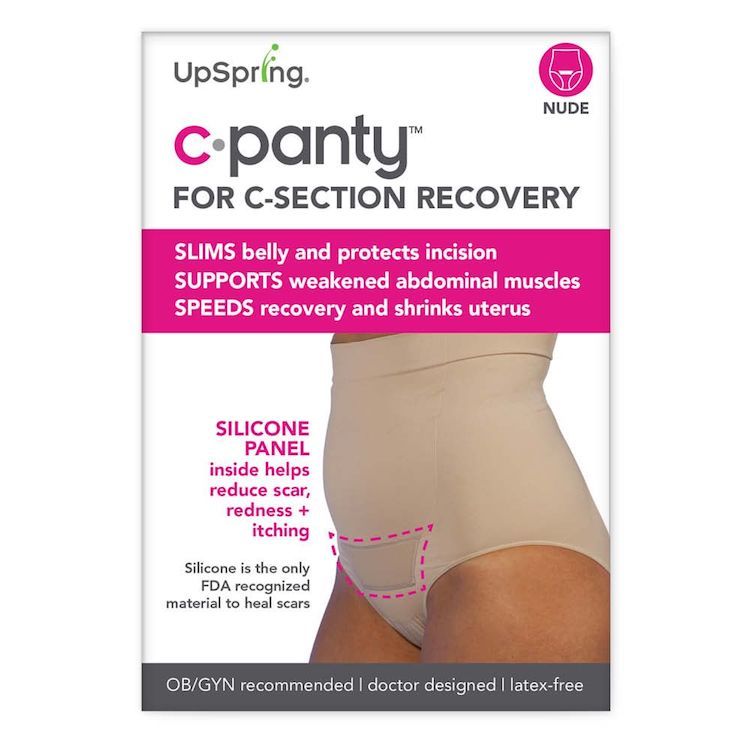 We have to do this now. This is life-threatening."
We have to do this now. This is life-threatening."
The mother is often given a general anesthetic because that is the fastest way to administer anesthesia, Ruiz says.
Her partner will not be in the operating room due to time constraints. Often, the mother or baby will require medical attention after the C-section, so she usually won't be able to hold the baby immediately, Ruiz says.
Common causes for emergency C-sections:
- Tangled or prolapsed umbilical cord. The umbilical cord delivers oxygen and nutrients to the baby, and if that supply is interrupted the baby must be delivered immediately.
- Placental problems or placental abruption. If your placenta detaches before birth or is not able to deliver nutrients to your baby, a C-section might be necessary to deliver the baby quickly.
- Uterine rupture. Rarely, the uterus can rupture during labor.
 This is more common in women who have had a previous C-section and require delivery immediately
This is more common in women who have had a previous C-section and require delivery immediately
Risks involved during and after an emergency C-section
Complications from C-sections are rare but can include the following:
Risks to the baby
- Breathing problems
- Surgical injury, such as accidental nick of baby's skin
- Prematurity and other conditions requiring a stay in the neonatal intensive care unit
- Fluid in lungs
- NICU stay
Risks to the mom
- Infection or wound infection
- Postpartum hemorrhage
- Reactions to anesthesia
- Blood clots, deep vein thrombosis, or pulmonary embolism
- Surgical injury
- Trauma or postpartum depression
- Increased risk for C-section during future pregnancies
In most cases, once the medical emergency that caused the emergency C-section has been addressed, both mother and baby will make a normal recovery, says Ruiz.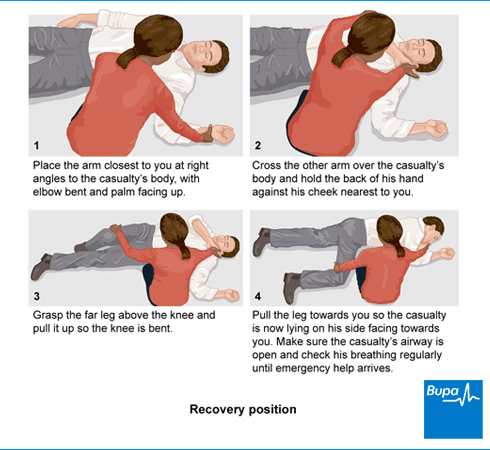 Since pregnant people are generally young and healthy, they often recover quickly.
Since pregnant people are generally young and healthy, they often recover quickly.
What to expect after an emergency C-section
Your experience immediately after an emergency C-section will depend on what prompted the C-section.
If you had a true emergency C-section requiring general anesthesia, you will likely be groggy for the first few hours of your child's life. Once you are fully awake and stable, you can hold and breastfeed your child.
If you had a C-section with an epidural, rather than general anesthesia, you will be able to see, hold, and breastfeed your baby immediately after birth as long as you're both stable.
However, babies born via emergency C-sections have a higher risk of needing admission to the neonatal intensive care unit (NICU), says Ruiz. Most emergency C-sections are performed in response to fetal distress detected during the labor process. For this reason, babies born via emergency C-sections may require additional medical attention after birth.
If your baby is admitted to the neonatal intensive care unit (NICU), your team will likely work to get you stable as soon as possible to see your child, he says.
"We do everything possible to get the mother down to see the baby," says Ruiz.
Recovery after emergency C-section
In most cases, the physical recovery from an emergency C-section is similar to that from a planned C-section.
Occasionally a mother may have more pain because she's experienced the physical toll of labor — if she tried to deliver vaginally but was unable to — or because the surgery was rushed, says Ruiz.
"There can be more incisional pain because everything was moving fast," he says.
Important: After a C-section, most people will stay in the hospital for two to four days. Even after you leave the hospital, it can take up to six weeks to completely recover from a C-section, since your skin, muscle, and other tissue all need time to heal, says Byrne.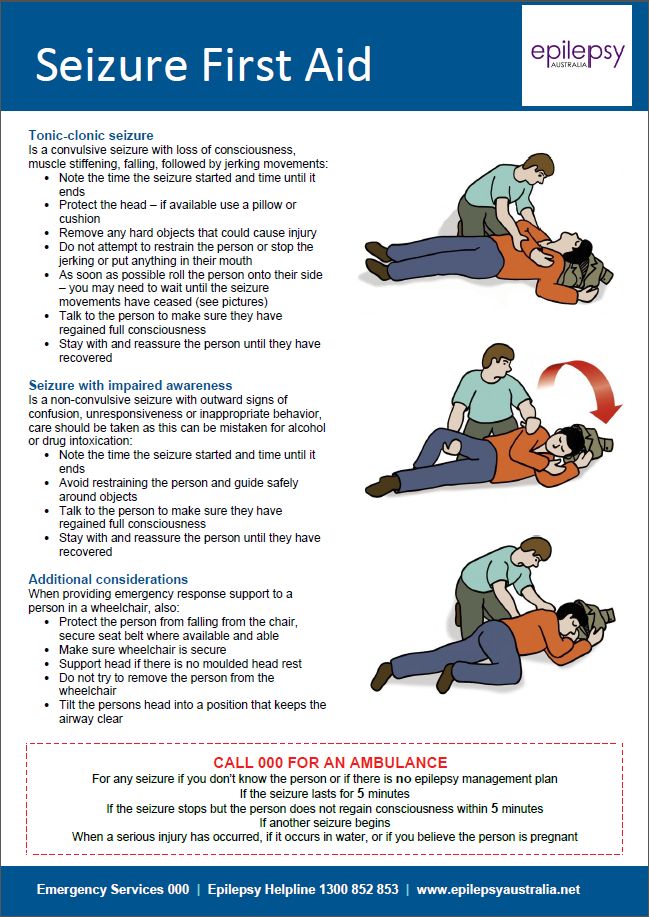
During the recovery period, you should avoid strenuous activities like carrying heavy things or intense aerobic exercise in order to allow the layers of the abdominal wall to heal. "Be cautious about overextending yourself even if you feel physically ready," says Ruiz.
However, it is important to be advised you should not be bedridden or immobile either. Activities such as walking and performing activities of daily living are recommended to prevent deconditioning and stimulate blood flow circulation throughout the body which assists with a healthy and timely recovery.
Mental health after emergency C-section
Having an emergency C-section may increase the risk of postpartum depression as shown by a 2017 review. Some people feel a sense of failure, loss, and anger after cesarean delivery. The trauma of unexpected surgery and associated mental and physical fatigue may affect the mental health of birthing people.
"People aren't used to seeing an emergency situation like that," says Ruiz.
Women who have had an emergency C-section are more likely than other women who have had a C-section to develop post-traumatic stress disorder (PTSD).
This can stem from the procedure itself, or from the trauma of being separated from your baby after delivery, Ruiz says.
For these reasons, it's important for patients and doctors to have an ongoing dialogue and communication plan in place regarding mental health after an emergency C-section. Patients should be encouraged to reach out, but it is even more important for health care providers to listen to patients and check in with them. When patients are in states of high stress and trauma, the burden should not be on them to further advocate for their own well-being.
Most doctors take time to debrief with their patients after an emergency C-section. Often the patient will come in for a check-up within a week, which is sooner than they would after a scheduled C-section, says Ruiz.
Emergency C-section and future pregnancies
Research has shown that women who have C-sections can be more fearful of subsequent deliveries.
Having one C-section may increase your risk of subsequent C-sections as compared to people who delivered vaginally.
The reason for the first C-section is important to understand and your provider can have a conversation with you about how your first C-section may or may not increase the risk of another C-section.
It is important to note that 60 to 80% of women who chose to attempt a vaginal delivery after one C-section have a successful vaginal delivery.
"The vast majority of women who have had one C-section will have the opportunity to labor and deliver vaginally with their next birth," Byrne says.
Insider's takeaway
Although many mothers prefer a vaginal delivery, there are cases where an unplanned C-section is medically necessary.
When mothers-to-be contemplate their birth plans, it's a good idea to consider the real possibility of an unplanned C-section in order to feel more in control of a situation that is inherently hard to control.
Physicians will not make the recommendation unless they feel it is in the best interest of the mother and baby — it is not a decision that is made lightly.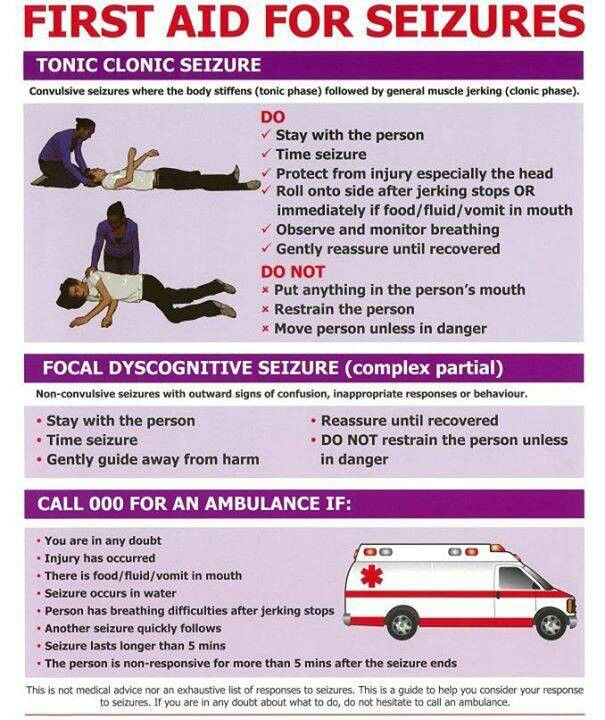
"It's great for women and their partners to have discussions in advance regarding a birth plan, and also how they would like to approach it when nature doesn't follow their goals," Byrne says. "Thinking about some of these paths in advance can help you feel much more empowered."
Moreover, the physical recovery from an emergency C-section is usually not markedly different from the recovery from a planned C-section. The majority of mothers will be able to see and breastfeed their baby soon after birth, and they will likely leave the hospital within four days. Many will be able to have a subsequent vaginal birth if they choose.
However, having an emergency C-section can have a lasting mental health toll, says Byrne. It's important to process those emotional effects.
"Very often, going through an unplanned C-section can be so disappointing," he says. "It's important to be kind to yourself and realize you're doing the best you can in the circumstances. Allow time for that physical and emotional recovery.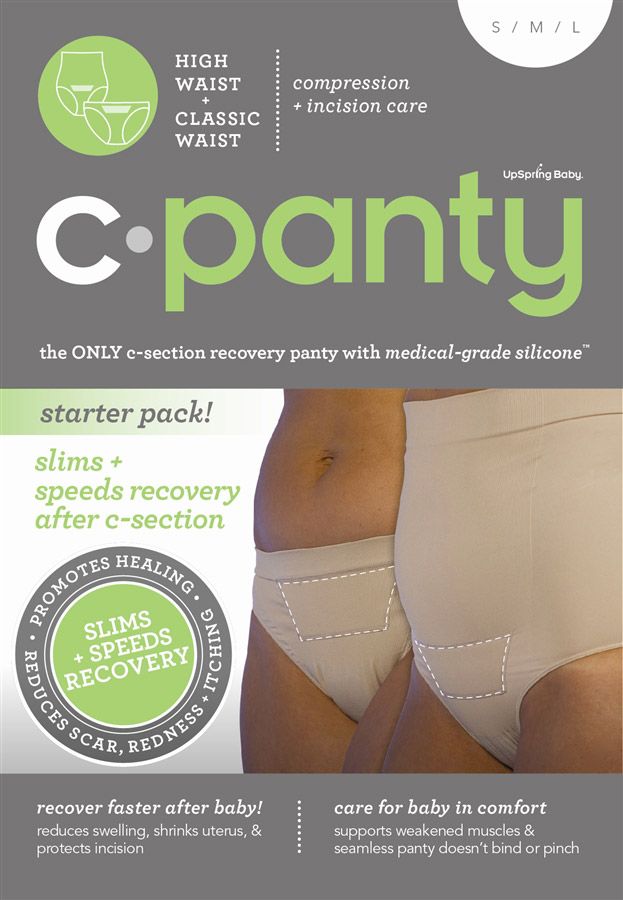 "
"
Kelly Burch
Kelly Burch is a New Hampshire-based freelance journalist writing about finances, health, family, and more. Her work has appeared in The Washington Post, The Chicago Tribune, and Forbes, among others. Follow her on Facebook or Twitter, and or learn more here.
Read moreRead less
Unplanned vs emergency C-section | HealthPartners Blog
As you approach your due date, you’re probably wondering what it will be like when it’s finally time to welcome your baby into the world. And while hopes, dreams and anticipation swirl in your mind, another thought may be creeping in, too: What if I need to have a C-section?
The possibility of an unplanned or emergency C-section – or Cesarean section – can be a common source of concern. Many women write their birth plans with the assumption that they’ll have a vaginal birth. So if your care team recommends a C-section, it can be overwhelming and a little scary.
Many women write their birth plans with the assumption that they’ll have a vaginal birth. So if your care team recommends a C-section, it can be overwhelming and a little scary.
If the need for a C-section arises, your care team will be there to walk you through everything – and your support partner can usually be with you the whole time. But it can also be helpful for you to learn a little bit about this common delivery method in advance. This can help you feel more prepared and in control.
Below we walk you through the different types of C-sections, reasons why a C-section may be recommended, what you can expect during delivery, and much more.
What is a C-section?
A C-section is the surgical delivery of a baby through incisions in the abdomen and uterus. There are three different types of C-sections, which are generally separated by level of risk or urgency.
Scheduled vs. unplanned vs. emergency C-section
Scheduled C-section
Typically, a planned C-section will be scheduled to take place around week 39 of pregnancy, usually because there is a known medical reason to do so.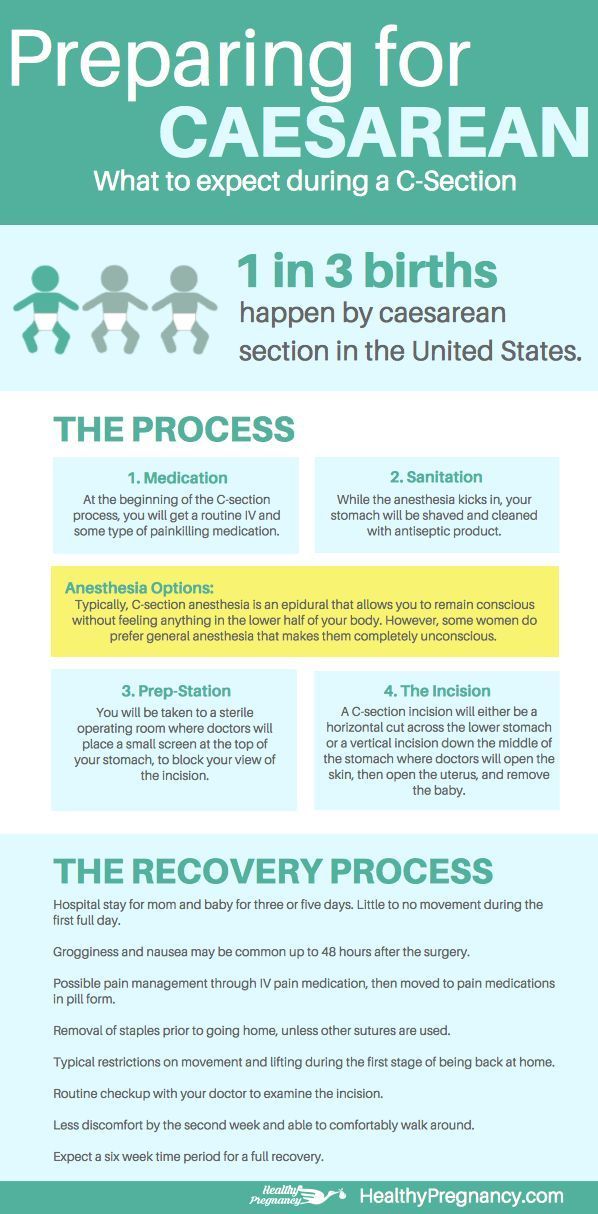 For example, if you have certain medical conditions like high blood pressure or heart issues, a scheduled C-section may be recommended to help make sure the delivery process is as safe as possible. Another reason for a scheduled C-section may be to help prevent sexually transmitted infections that can be passed on to the baby during a vaginal birth.
For example, if you have certain medical conditions like high blood pressure or heart issues, a scheduled C-section may be recommended to help make sure the delivery process is as safe as possible. Another reason for a scheduled C-section may be to help prevent sexually transmitted infections that can be passed on to the baby during a vaginal birth.
But one of the most common reasons for a scheduled C-section is that a mother has delivered this way in the past. Although many mothers who’ve had a previous C-section try for a vaginal birth after a C-section (VBAC), many choose to schedule another C-section.
Unplanned C-section
Most C-sections are unplanned because the need for one doesn’t present itself until much closer to labor, or during it.
In these cases, moms have been planning for a vaginal birth. But a few weeks, days or even hours before delivery, mom and their doctor decide that a C-section is the safest option. This kind of change can be disappointing and stressful, but rest assured that your care team will still do everything they can to make your birth experience match up to your birth plan.
Emergency C-section
As you might expect, the difference between an unplanned Cesarean and an emergency Cesarean is urgency. Generally, this means there is an immediate safety concern for you or your baby, and immediate intervention is needed to keep you both as healthy and safe as possible.
Reasons for an unplanned or emergency C-section
There are a number of reasons why an unplanned C-section, or in more serious cases an emergency C-section, may be recommended. But they all stem from one reason in particular: it’s in the best interests of you and your baby.
Your birth team will be working to ensure a healthy, safe delivery and may recommend a C-section as the best way to do so. Situations that can require a C-section include:
Your labor slows, stops or doesn’t start at all, despite strong contractions
Stalled labor can sometimes be restarted with things like oxytocin infusions, which can strengthen contractions. But a C-section may be recommended if these kinds of labor stimulation methods don’t work.
The difference in size between your baby and your pelvis puts both of you at risk
This is often referred to as cephalopelvic disproportion, and it happens when a baby’s head or body is too big relative to their mother’s pelvis to pass through safely.
The umbilical cord comes out first
This is referred to as a prolapsed cord. If the cord gets damaged or wrapped around the baby, this can interfere with their oxygen.
The position of your baby prevents a safe, head-first delivery
When a baby is positioned to come out feet or buttocks first, this is known as breech presentation. If they’re sideways, this is known as a transverse lie. Any position other than the standard, head-down position can increase the chance of complications such as an injury to the baby, a prolapsed umbilical cord or prolonged labor.
The placenta presents a problem
As you likely know already, the placenta is the organ that develops inside your uterus to deliver oxygen and nutrients to your baby through the umbilical cord.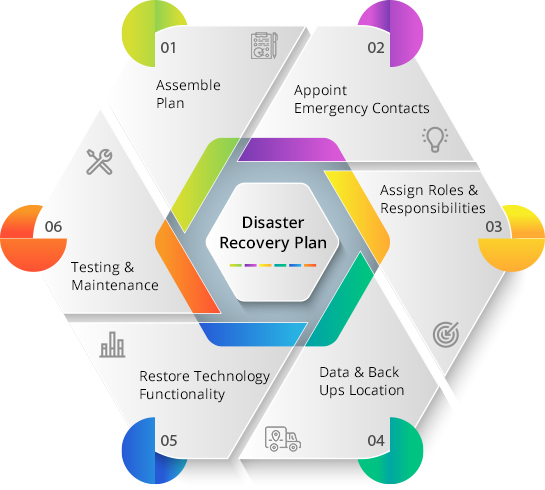 Sometimes issues can develop with the placenta to make a C-section necessary.
Sometimes issues can develop with the placenta to make a C-section necessary.
For example, the placenta can cover the opening of the cervix. This prevents the baby from exiting the birth canal, and is known as placenta previa.
As another example, sometimes the placenta can separate from the wall of the womb before the baby has been delivered. This is known as abruptio placentae, and it can deprive the baby of oxygen.
Your baby’s heart rate indicates distress
Your birth team will be monitoring your baby’s vitals to make sure they’re not experiencing any distress. If their heart rate is abnormally high or low, a C-section may be recommended to get them out as soon as possible.
You're having twins
Twins can often be safely delivered vaginally. But because there’s more than one baby sharing the same space, ensuring a safe delivery can be more complicated. For example, either one of the babies could be in a position that makes vaginal delivery impossible.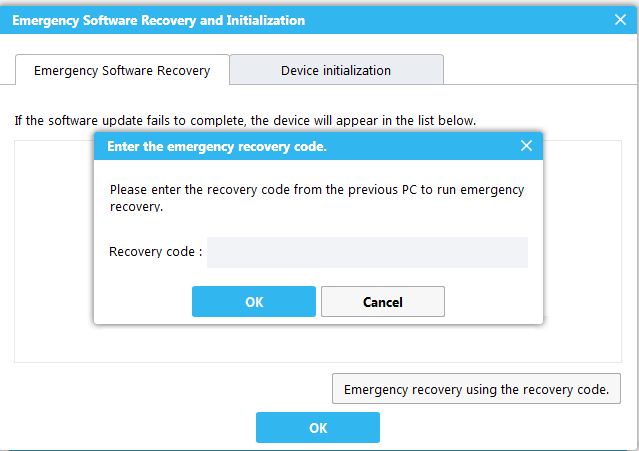
What happens during a C-section?
While your C-section may not be planned, your doctor and care team are highly trained and experienced in delivering babies this way. Also, your partner or support person can usually be with you through it all. And it won’t take long for you to meet your baby.
To get you ready for surgery, you’ll be given fluids – usually through a vein in your arm – and your vitals will be checked and set up for monitoring. Then, to make sure you’re as comfortable as possible during surgery, you’ll receive medications to help you relax and to numb your belly and legs so you won’t be in pain.
Typically, you’re awake for a C-section. General anesthesia, which puts you in a sleep-like state, is usually only used during emergency C-sections. So, while you may feel a little sleepy from the pain medications, you should be relaxed and ready to see your beautiful baby as soon as they make their arrival.
Before the surgery begins, a curtain will be drawn between your upper and lower body. This helps keep you calm and relaxed while your surgical team works to deliver your little one.
This helps keep you calm and relaxed while your surgical team works to deliver your little one.
When surgery begins, an incision is made across the lower abdomen where the lowest part of the uterus lies underneath. Once your baby has been delivered and the umbilical cord has been cut, your surgeon will remove the placenta, do a routine check of your reproductive organs, and then start stitching you up.
How long does an unplanned or emergency C-section take?
C-sections generally don’t take very long. Delivery of your baby can be done in minutes, and the whole thing is usually done in less than an hour. To put that into perspective, the pushing process to deliver a baby vaginally can last anywhere from just minutes to up to three or four hours.
Your care team will be looking after you the whole time, and your support partner will usually be able to stay with you too. Barring any immediate medical needs, you’ll be able to meet and feel your baby next to you – and maybe even try breastfeeding for the first time – almost immediately.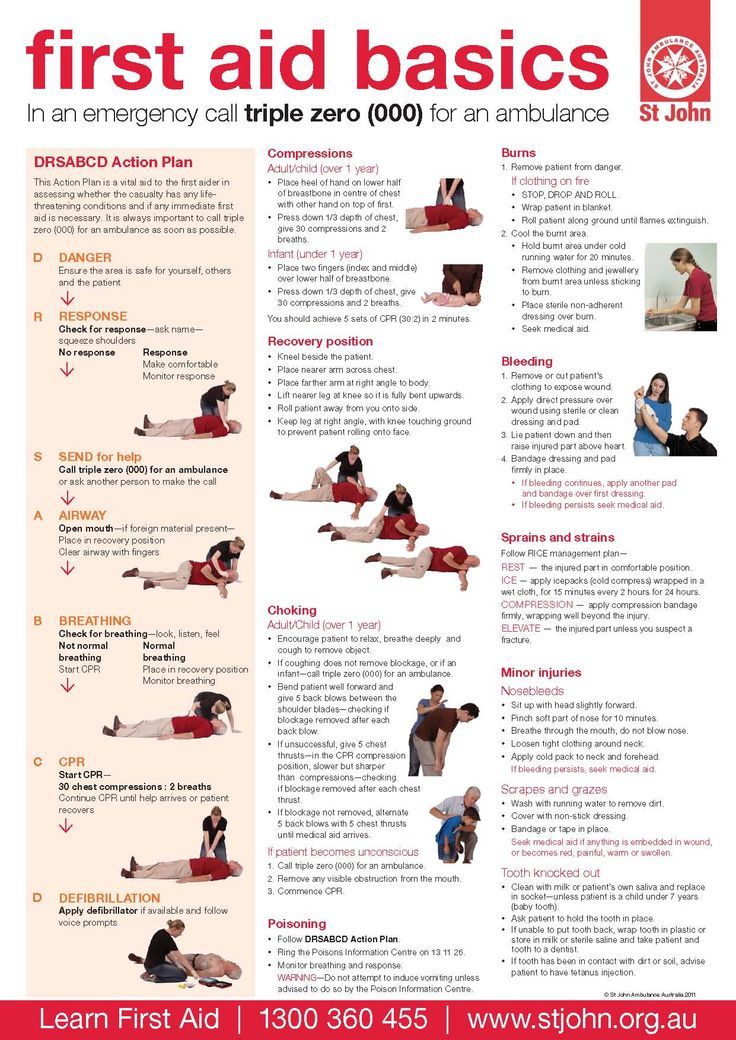
What are the potential risks of a C-section?
C-sections are an incredibly common method for delivering babies, accounting for about 1 in every 3 births in the United States. While C-sections are generally considered safe, like any major surgery, they still carry some risks.
While rare, infection is always a possibility with any surgery. Your surgical team and your postpartum care team will follow rigorous health and safety protocols from start to finish to help minimize any risk. But it will also be important for you to closely follow wound care instructions while you heal at home.
Other risks can include allergic or other negative reactions to anesthesia, blood loss, blood clots and accidental injury of you or your baby.
What to expect from unplanned or emergency C-section recovery
Whether you give birth vaginally or by Cesarean section, your body will have done an incredible thing. You’re going to be tired, sore and maybe even a little anxious. But it’s going to be okay.
But it’s going to be okay.
When it comes to C-section recovery, the healing timeline is a bit longer than a vaginal birth because you just had a major surgery. This usually means a couple more days in the hospital and a couple more weeks at home before returning to normal activities, when compared to an average vaginal delivery.
While you heal, a lot of bending and lifting will be off the table, as you will need to avoid straining your lower belly. Don’t worry – you can pick up your baby, but you should ask for help with anything heavier or more involved. You can expect pain in your abdominal area too, for which medication may be prescribed. You may also experience some vaginal bleeding throughout the weeks of your postpartum recovery.
Getting enough sleep and doing some light walking every day will help your recovery progress and help prevent post-C-section complications. Be gentle with yourself, and plan to take things slow. You’ll be given plenty of instructions and tips for recovering from your C-section before you go home.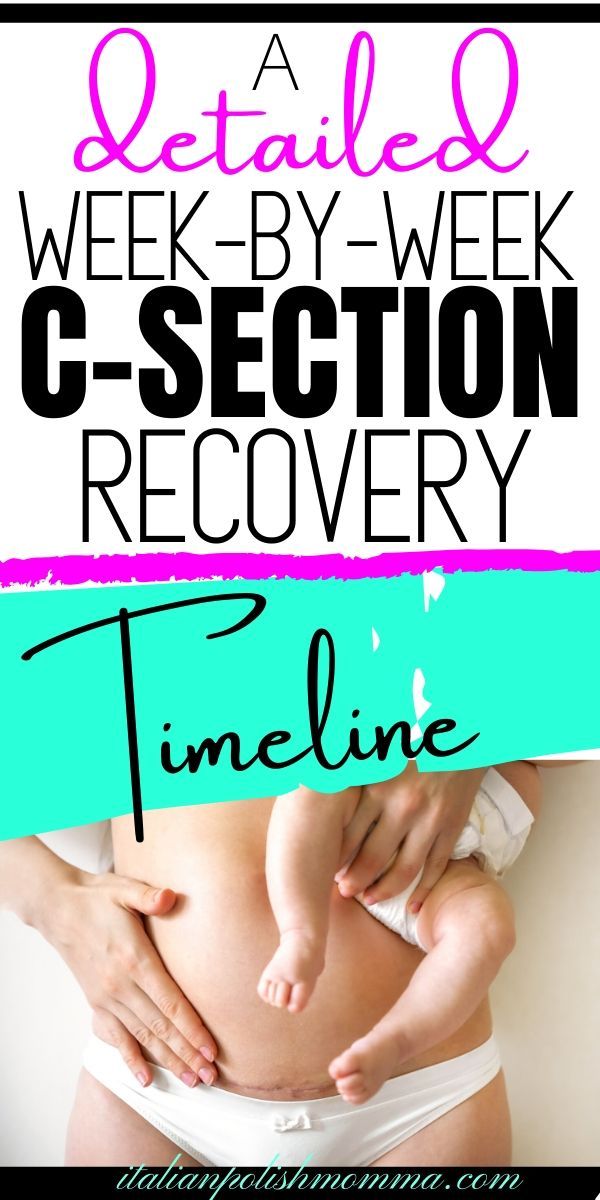
But if you find yourself unsure about what to do or not do, we’re available 24/7 and just a phone call away. HealthPartners patients can call 800-551-0859. Park Nicollet patients can call their clinic directly during regular business hours, or 952-993-4665 if it’s after hours. For questions and advice on new baby care, you can also call our 24/7 BabyLine at 612-333-2229.
But most importantly, take this time to adjust to your new life. You’ve earned it! Kick back (gently), try to relax and bond with your baby.
Unplanned doesn’t have to mean unprepared
The thought of having an unplanned C-section can be overwhelming. But unplanned doesn’t have to mean unprepared.
Know that C-sections are common – and that you didn’t do anything wrong if one is recommended. Your care team has just one thing in mind when recommending a C-section: the health, safety and well-being of you and your baby.
When the time comes to bring your baby into the world, we want you to feel ready.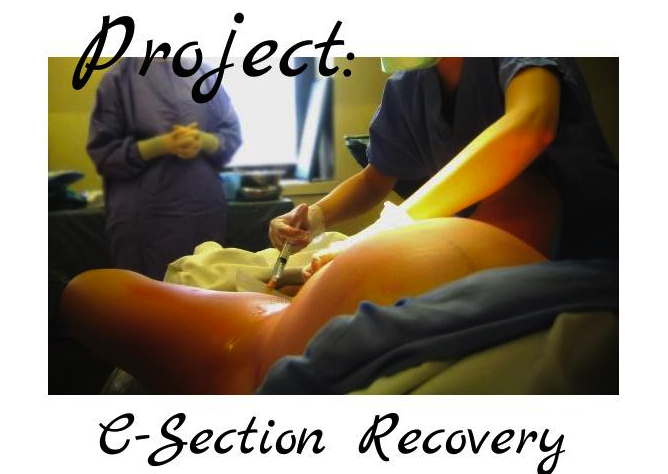 So, if you have any questions, talk with the doctor or midwife who’s providing your pregnancy care. Also, choose a hospital-based birth center that’s prepared for every possibility.
So, if you have any questions, talk with the doctor or midwife who’s providing your pregnancy care. Also, choose a hospital-based birth center that’s prepared for every possibility.
We want to help you have the safest, most comfortable birth experience possible. Our birth centers are designed with flexibility in mind and supported by expert care professionals. We’re ready to help you through every step of the birthing process, planned and unplanned.
Find a hospital-based birth center that’s ready for everything
Recovery after caesarean section
The birth of a baby is an exciting event for the family. However, sometimes, for various reasons, a child cannot be born naturally. And then, in order to save the mother and baby, they perform a caesarean section (CS). As a result, a scar remains on the uterus - "the smile of life, with the help of which the baby was born." After this operation, mothers need special support and care: how and what exactly - about this midwife Alla Yevtushenko.

CS is performed as follows: under spinal anesthesia, doctors cut the abdominal wall and uterus, and then remove the baby and placenta. In addition to the standard procedure, there is a soft CS. It can be done, both planned and in childbirth, if mom and baby feel good. Mom is conscious, helps the baby to be born, pushing, and sometimes takes it herself. Doctors wait for the umbilical cord to pulsate, then remove the placenta, suture the uterus, and apply cosmetic sutures to the skin.
There is still a difference in recovery after natural childbirth (ER) and CS. After ER, a woman, as a rule, feels well within a day. And after the CS, you need a few more days, weeks or months to recover. The body heals the fastest, the psyche recovers more slowly, especially if the woman was very determined to give birth naturally.
- After the operation, the CS-mother may feel weakness in the muscles around the suture, numbness and decreased sensitivity in this area.
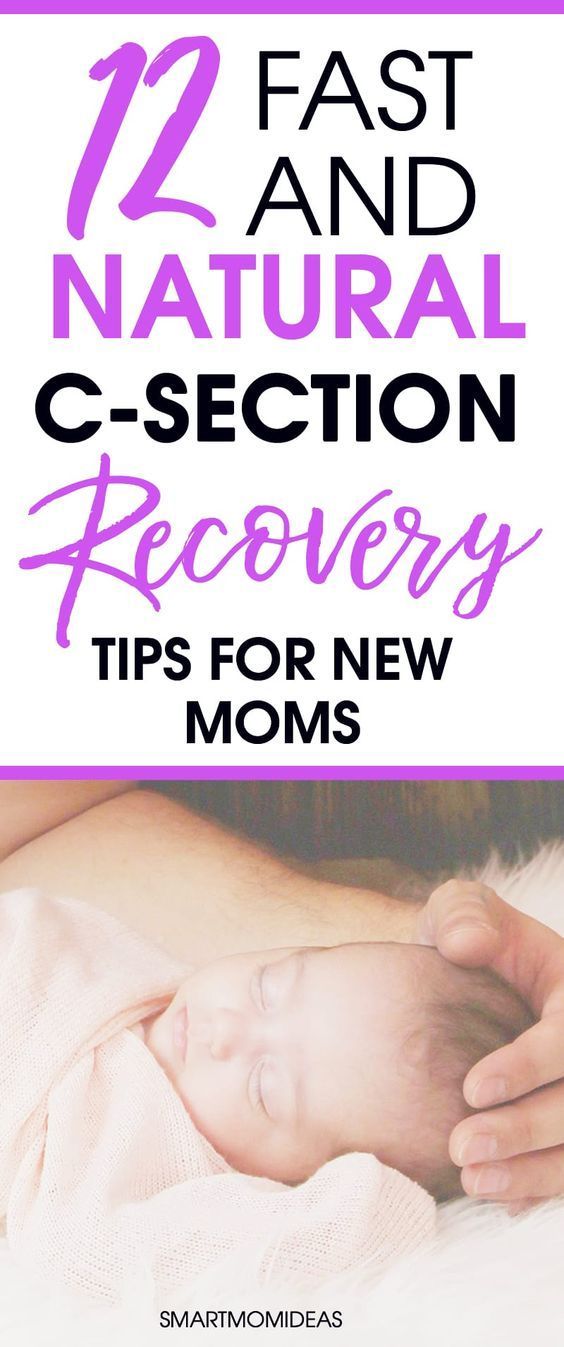 Pain at the incision site may persist for up to 1-2 weeks. Sometimes painkillers are needed to deal with it.
Pain at the incision site may persist for up to 1-2 weeks. Sometimes painkillers are needed to deal with it. - Immediately after CS, women are encouraged to drink more and go to the toilet (pee). The body needs to replenish the volume of circulating blood, because blood loss with CS is always greater than with EP. While the CS-mother is in the intensive care unit (within 6-24 hours, depending on the maternity hospital), she has a urinary catheter. This allows you to evaluate how the kidneys are working.
- In the early days, it is better to eat liquid and semi-liquid food - it is absorbed faster and does not overload the body.
- When a woman returns home from the hospital, you need to take care of the seam - ventilate more often, treat with disinfectants (miramistin or an alcohol solution of chlorophyllipt). Remember - the scar can not be rubbed and scratched. Itching indicates that the wound is healing.
- After the operation, you can wear a bandage - an elastic belt that supports the front wall of the abdomen.
 Rules: you need to put on a bandage lying down and wear it no more than 5-6 hours a day and no longer than a month so that the muscles do not lose their tone. You need to wear a bandage over linen made from natural fabrics. A good alternative is to tie up with a sling or rebozo.
Rules: you need to put on a bandage lying down and wear it no more than 5-6 hours a day and no longer than a month so that the muscles do not lose their tone. You need to wear a bandage over linen made from natural fabrics. A good alternative is to tie up with a sling or rebozo. - After 6 weeks, you can already start doing exercises. Ideally - special complexes for postpartum recovery. For example, postnatal gymnastics from Birthlight.
- It is very good if there are helpers at home who will take care of everyday life, and the woman will only take care of the baby. These may be relatives, friends, or professionals (such as postnatal doulas, whose services are now available in many major cities).
- Feed the baby on demand. Breast milk, as a rule, comes at the same time as during normal childbirth, but sometimes a little later. If the mother is having difficulty latching on, the nurses in the postpartum ward or breastfeeding consultants can help feed her.
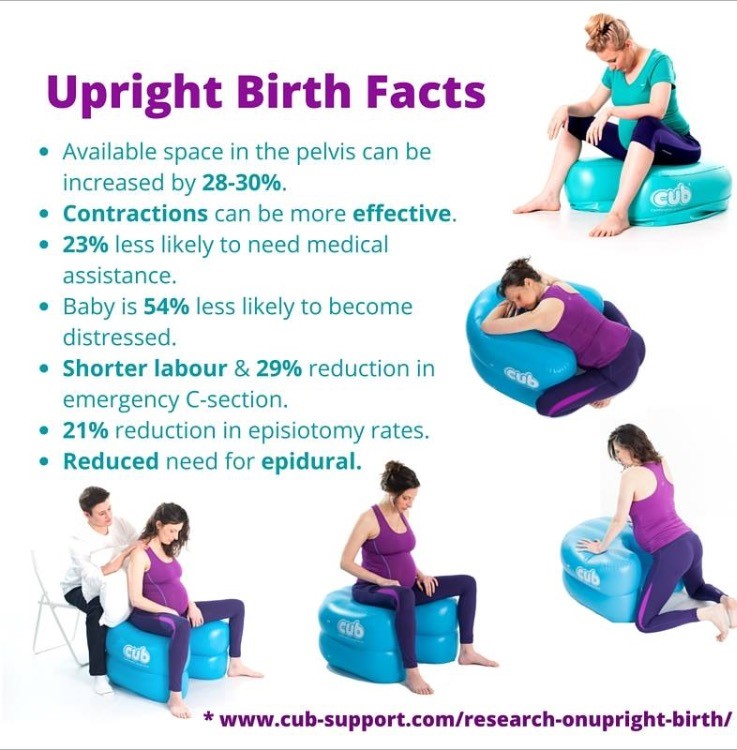 It is better if the baby is breastfed as soon as possible. This will help the formation of the correct microflora in the baby's intestines, and the mother's uterus will contract better.
It is better if the baby is breastfed as soon as possible. This will help the formation of the correct microflora in the baby's intestines, and the mother's uterus will contract better. - Baby, of course, you can wear. You need to feed the baby on demand and try to sleep when he sleeps. If the baby does not sleep well or this time is not enough for mom to rest, you can entrust a walk in the first months to dad or "walk" in a stroller on the balcony.
And most importantly: share your feelings and emotions with those around you. If you do not find support among your inner circle, look for like-minded people and support in thematic groups on social networks. And remember, you are not alone!
C-section recovery | Kaplan Medical Center
בתי חולים > קפלן > Home page > Medical departments > Obstetrics and Gynecology > Recovery after caesarean section
- from:
- Professor Eddie Weisbuch
A caesarean section is a surgical procedure, a complete abdominal operation with the use of anesthesia. The rate of recovery after caesarean depends on compliance with the basic rules of behavior. The most important recommendation is to try to get out of bed as soon as possible to prevent the occurrence of the so-called "vein thrombosis", which is considered a relatively common complication after this operation.
The rate of recovery after caesarean depends on compliance with the basic rules of behavior. The most important recommendation is to try to get out of bed as soon as possible to prevent the occurrence of the so-called "vein thrombosis", which is considered a relatively common complication after this operation.
Once the operation is over, you will be escorted to the intensive care unit, where you will spend about 2 hours without the child. The policy of the Kaplan Medical Center is not to separate mother and baby for a long time, therefore, in the absence of contraindications from the mother and child, feeding is allowed as soon as the woman comes to her senses after the operation. Our staff will help attach the baby (skin-to-skin contact) so that he does not freeze and help to arrange feeding if there are no contraindications for mother and child. After that, the woman and the baby are transferred to the postpartum ward, where they will spend about 4 days. Approximately six hours after the operation, the catheter will be removed from the bladder and you will be able to get out of bed and sit in a chair. The next day, after the doctor's examination and bandaging, you can take a shower, walk around the ward and, of course, take care of your baby. The development of lactation after a caesarean section is almost the same as in women who have given birth naturally. It is most convenient in the first days after a cesarean section to feed the baby lying on its side. In this position, the postoperative suture will be least affected. In the future, it is possible to feed the baby in a sitting or standing position.
The next day, after the doctor's examination and bandaging, you can take a shower, walk around the ward and, of course, take care of your baby. The development of lactation after a caesarean section is almost the same as in women who have given birth naturally. It is most convenient in the first days after a cesarean section to feed the baby lying on its side. In this position, the postoperative suture will be least affected. In the future, it is possible to feed the baby in a sitting or standing position.
What are the main problems during postoperative recovery?
Pain : As after any surgery, you will experience pain, but there are several ways to relieve this condition. Pain caused by uterine contractions is a normal postpartum condition. But this must be reported to the medical staff and, if necessary, you will be prescribed painkillers. As in the case of pain in the incision area.
Nausea : Many suffer from nausea - this is a normal reaction of the body. Be sure to tell the medical staff and you will be given a prophylactic intravenously.
Be sure to tell the medical staff and you will be given a prophylactic intravenously.
Thirst and hunger : No food is allowed during the first few hours after the operation. Drinking is allowed, but only water or tea. Sugary and carbonated drinks are banned to prevent gas formation. Subsequently, the load on the gastrointestinal tract in the postoperative period should be increased gradually. On the second day, you can eat boiled meat, cereals, low-fat broth. Starting from the third day, the mother can already afford a more complete diet, taking into account breastfeeding.
Bleeding : As with any woman after childbirth, you will experience vaginal bleeding as a result of normal postpartum uterine changes. You should monitor the amount and color of the discharge, and if the bleeding increases or changes color (usually a brownish-pinkish discharge), notify the medical staff immediately.
Constipation : these postoperative symptoms are really unpleasant but natural.